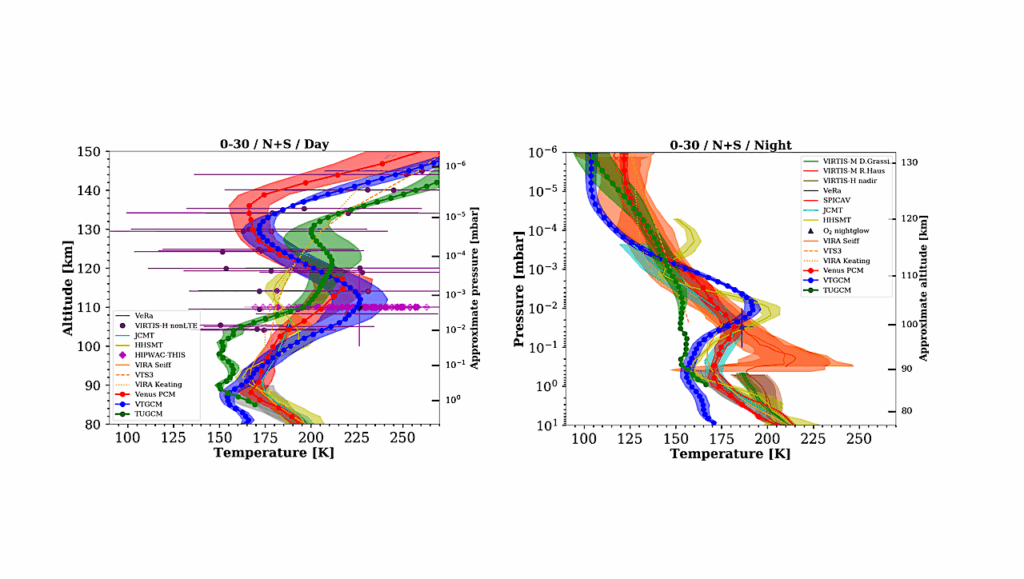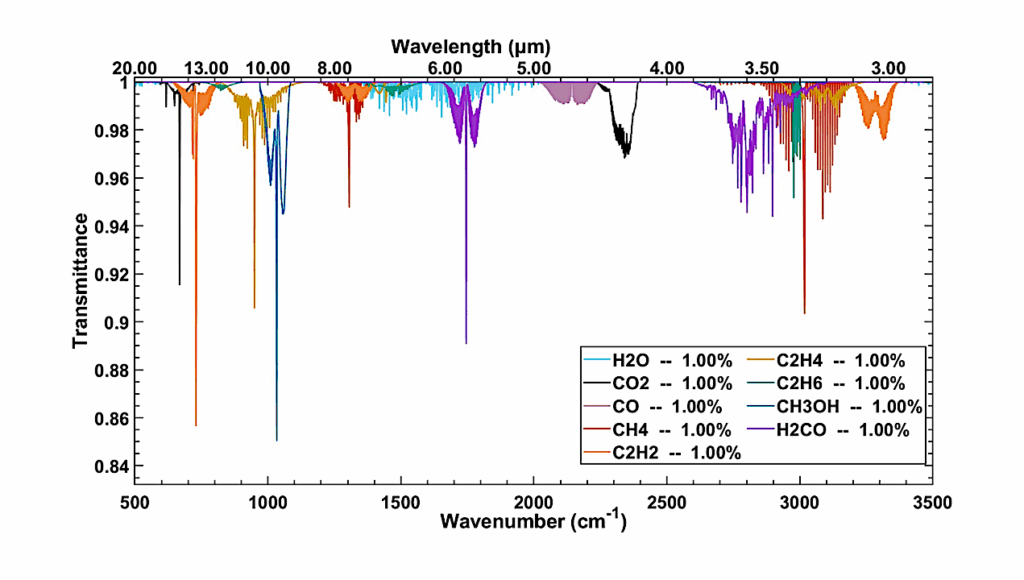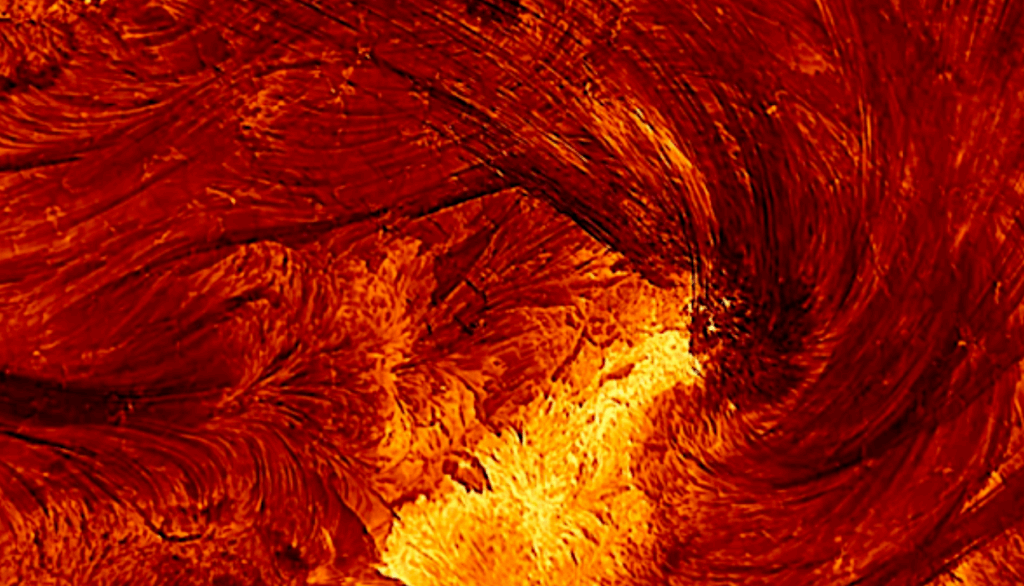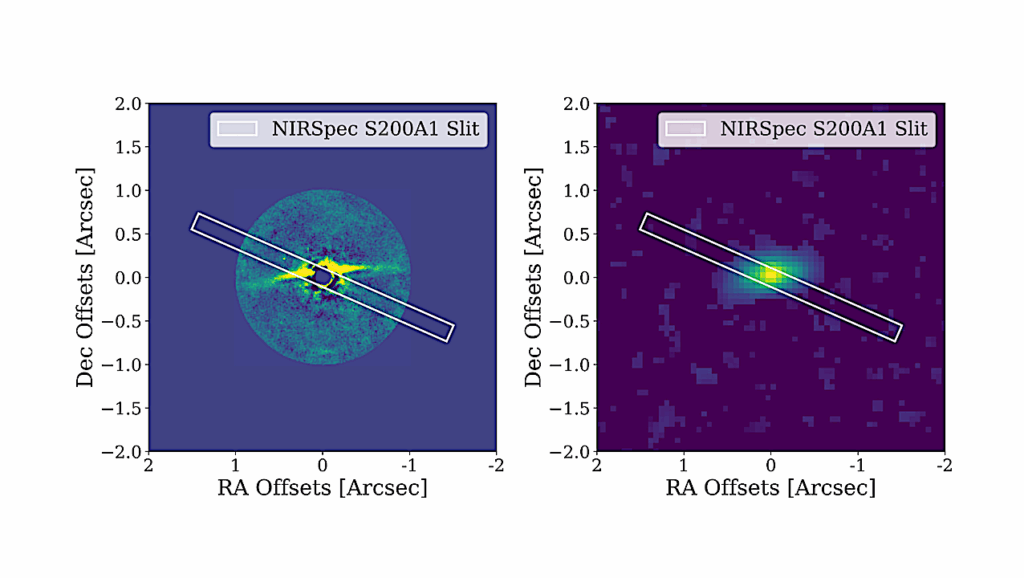Exoplanet Climate Characterization With Transit Asymmetries — A Comprehensive Population Study From The Optical To The Infrared
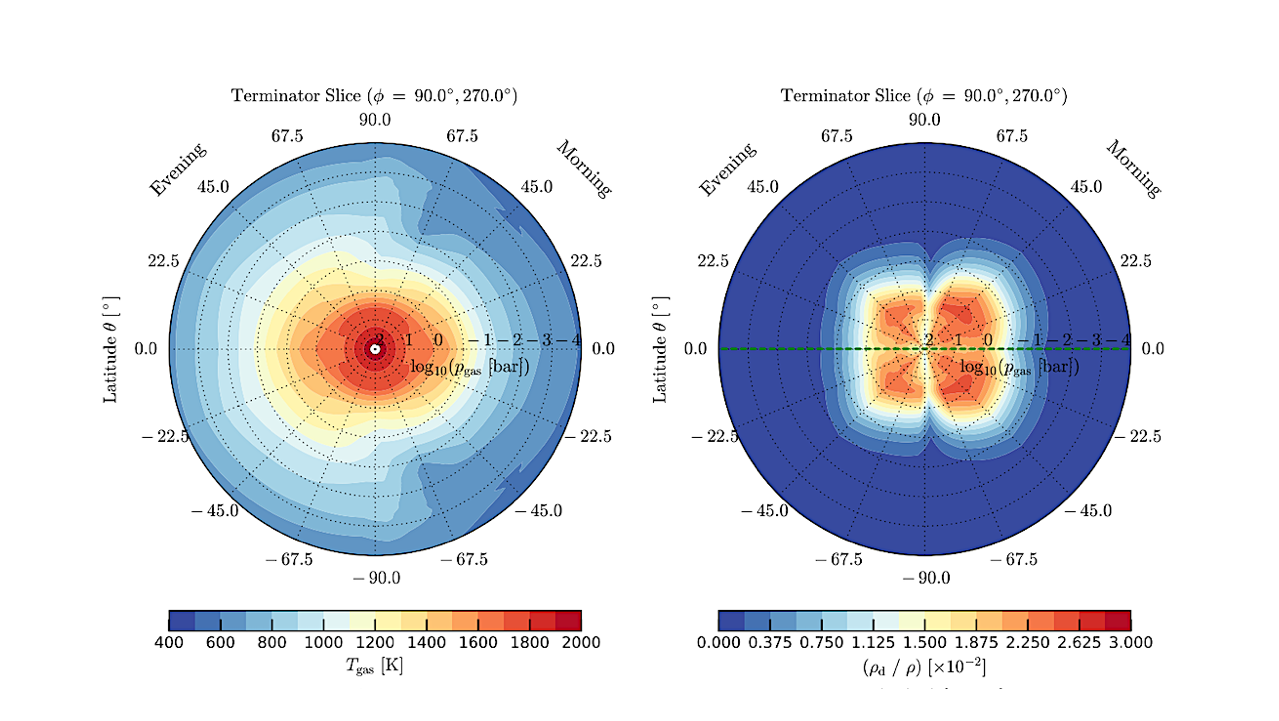
Space missions (CHEOPS, JWST, PLATO) facilitate detailed characterization of exoplanets. This work provides a framework to characterize cloud and climate properties of close-in gas giants via transit depth asymmetries from the optical to the infrared (0.33 …10 μm).
The AFGKM ExoRad 3D GCM grid provides gas temperature profiles for an ensemble of 50 tidally locked gaseous planets orbiting diverse host stars. It is combined with a detailed kinetic cloud formation model.
The end result is a set of synthetic transit spectra and evening-to-morning transit asymmetries that span climate regimes: warm (T=800 K … 1000K), intermediately hot (T=1200 K … 2000 K) and ultrahot (T =2200 K … 2600 K).
WASP-39b observations suggest iron-free clouds with less abundant cloud condensation nuclei than previously expected. The ensemble study shows that clouds increase transit limb differences due to asymmetries in cloud coverage and by enhancing horizontal differences in the gas temperatures.
For hot planets, evening-to-morning differences of up to 150 ppm are suggested in the optical and 100 ppm in the infrared (2-8 micron). For ultra-hot Jupiters, evening-to-morning transit differences are dominated by the morning cloud for a cloud-free evening limb: They are strongly negative in the PLATO band (0.5-1~μm, -500 ppm), moderately negative in the near-infrared (1-1.5~μm, -200 ppm) and moderately positive (+100 ppm) for λ>2μm. For a partly cloudy evening terminator, the evening-to-morning transit asymmetry is moderately positive in the whole wavelength range. Warm Jupiter planets exhibit negligible transit asymmetries.
PLATO and JWST transit asymmetry observations between 1-2 μm are optimal to characterize cloudy planetary atmospheres around K -A stars. JWST observations are most effective for M star planets with transit differences > +500 ppm for 8-10 μm.

2D terminator slice plots for the three climate regimes. Shown are from top to bottom local gas temperatures, Tgas [K], total nucleation rate, [log10(J∗/cm−3 s−1 )], mean cloud particle sizes, [log10(⟨a⟩/µm)] (with contour line at ⟨a⟩ = 0.1µm ) and cloud dust-to-gas mass ratio, ρdust/ρgas, for tidally locked gas planet with global temperatures of Tglobal = 800 K, 1600 K, 2400 K (left to right). A G main sequence host star with Teff = 5660 K, 0.98 RSun, and 0.98 MSun is assumed. — astro-ph.EP
Ludmila Carone, Christiane Helling, Sebastian Gernjak, Hanna Leitner, Tamara Janz
Comments: Accepted for publication in A&A, 32 pages, 29 figures
Subjects: Earth and Planetary Astrophysics (astro-ph.EP)
Cite as: arXiv:2511.01548 [astro-ph.EP] (or arXiv:2511.01548v1 [astro-ph.EP] for this version)
https://doi.org/10.48550/arXiv.2511.01548
Focus to learn more
Submission history
From: Ludmila Carone
[v1] Mon, 3 Nov 2025 13:08:37 UTC (11,214 KB)
https://arxiv.org/abs/2511.01548
Astrobiology, Exoplanet,


